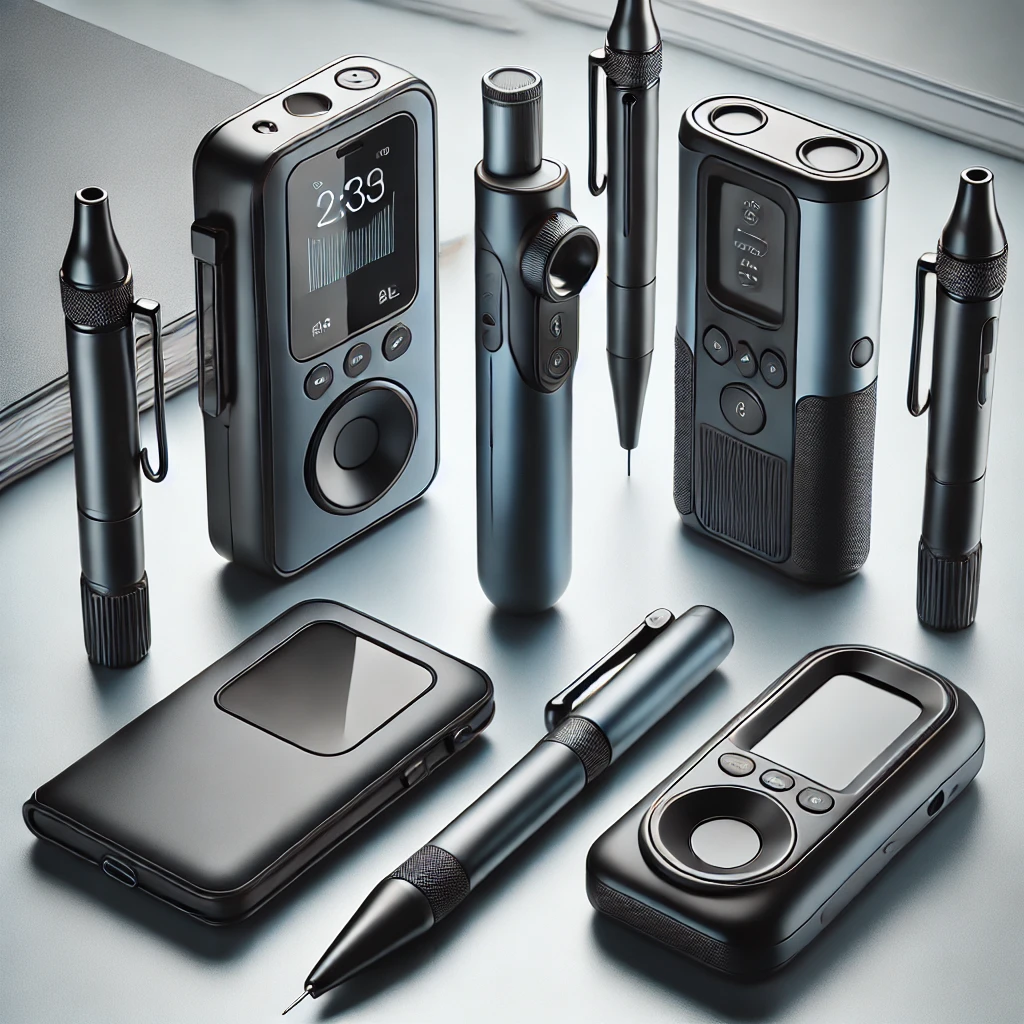
Introduction
The existence of hazardous gases poses a significant risk to worker safety and health in various industries and environments. These threats necessitate the effective use of high-quality, precise gas detection tools for early detection of hazardous and toxic gases. In this context, gas detectors help identify and monitor the levels of various gases in different workplaces. Moreover, this article discusses the pivotal role of gas detectors, their importance, standard types, and applications in ensuring a safe working environment.
Understanding Gas Detectors: What are They and How Do They Work?
They are called gas leak detectors or gas meters, are a part of safety systems designed to consistently monitor and detect the presence of hazardous gases in the environment. These test and measurement devices serve as a frontline defense against potential gas leaks, explosions, and exposure to toxic fumes. Additionally, f fundamental purpose of a gas detector is to alert workers of toxic gases by triggering an alarm, ensuring timely evacuation, and safeguarding lives and property. Gas meters can detect a variety of combustible gases and toxic gases and monitor oxygen levels.
The working principle of gas leak detectors is based on sensors that detect gas molecules in the air. When a gas is detected, the sensor reacts and triggers an alarm, alerting personnel to take immediate action. The incorporated sensors depend on the type of detector and include catalytic sensors, infrared sensors, and electromechanical sensors.
The Significance of Gas Detectors in Workplace Safety
The importance of gas detectors cannot be overstated, as gas leaks can be fatal. Gas analysers help prevent accidents, protect workers’ health, and ensure compliance with safety regulations. These devices are critical in facilities where hazardous or flammable gases are prevalent due to operational processes, leaks, or equipment malfunctions. In addition, the importance of gas meters extends beyond mere detection—they play a pivotal role in preventing injuries, health risks, and legal liabilities.
Most Common Types
They are available in various forms, each designed to detect specific gases or a combination of gases. Some of the popular types include:
Fixed Gas Detectors
Fixed gas leak detectors are permanently fixed or installed in a specific location that continuously monitors the air for hazardous gases. Furthermore, they are often used in industrial settings or public buildings where there is a constant risk of gas leaks or emissions.
Portable Gas Detectors
Also called personal gas detectors, portable gas meters are handheld tools carried around by workers. They continuously monitor hazardous gases and can be moved to different places. A portable gas detector is ideal for use in confined spaces, outdoor environments, or situations where workers may be exposed to low concentrations of gases over extended periods.
Single-Gas Detectors
These devices are expertly engineered to detect a single, specific type of gas, such as carbon monoxide or hydrogen sulfide. However, they come with specialised detection capacities and are suitable for environments where a specific gas poses the primary threat.
Multi-Gas Detectors
These detectors can simultaneously detect multiple gases, reducing the need for multiple devices. They are versatile in detecting multiple hazards, making them perfect for use in a variety of industries where multiple gases are present.
The Role of Gas Detectors in Different Workplaces
They are indispensable across a wide range of residential, commercial, and industrial sectors, including:
- Oil and Gas Industry – The detection of flammable gases is crucial for preventing explosions and ensuring worker safety in the oil and gas sectors. Gas detectors monitor the presence of volatile organic compounds (VOCs) and other hazardous gases.
- Chemical Manufacturing – Chemical plants often involve working with toxic gases that can harm employees if not monitored correctly. Therefore, gas leak detectors precisely ensure that gas concentrations remain within safe limits, protecting workers from exposure.
- Mining Operations – In mining, the accumulation of gases, predominantly methane and carbon monoxide, can be life-threatening. Moreover, detectors can monitor air quality in underground mines, providing early warnings of dangerous conditions.
- Wastewater Treatment Facilities – Wastewater treatment plants produce hazardous gases like hydrogen sulfide and methane. Implementing gas meters ensures workers are alerted to the presence of these gases, reducing exposure and accidents.
- Firefighting and Emergency Response – Firefighters and emergency responders frequently encounter toxic gases during rescue operations. Portable gas detectors assess the safety of an environment before entering, ensuring the personnel’s safety.
Summary
They are versatile safety tools in workplaces where hazardous gases pose significant risks. In addition, they protect workers’ health, prevent accidents, and ensure compliance with safety regulations. Investing in the correct type of gas detector can save lives, protect assets, and enhance workplace safety. Whether you operate in the oil and gas industry, manufacturing, mining, or other hazardous environments, these test and measurement tools are a must-have safety measure for your operations.





















